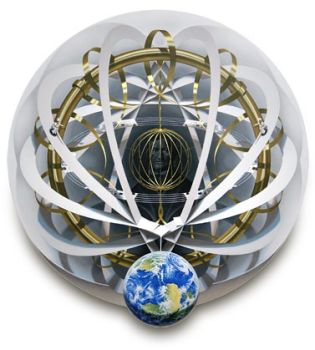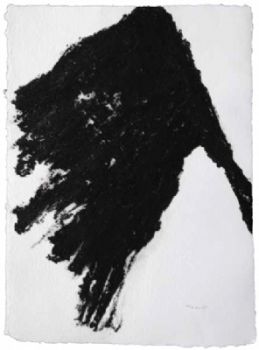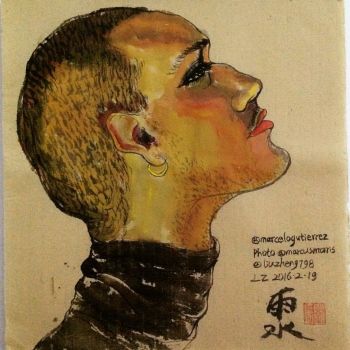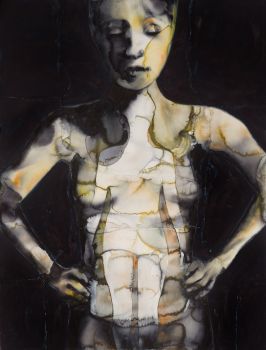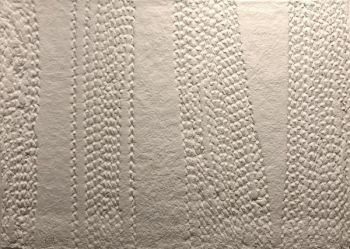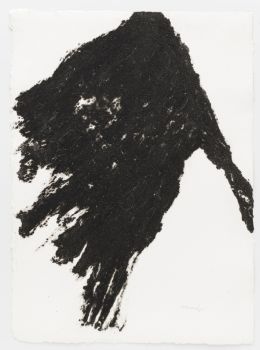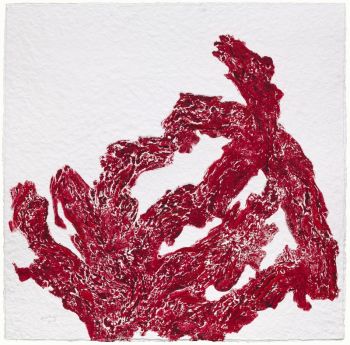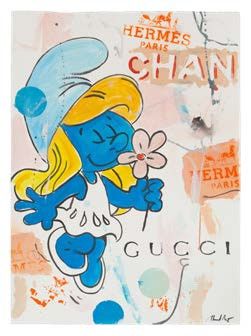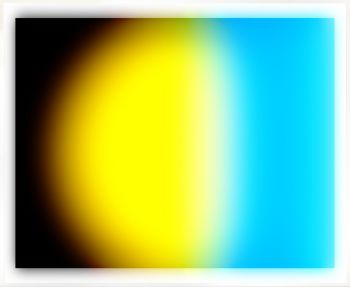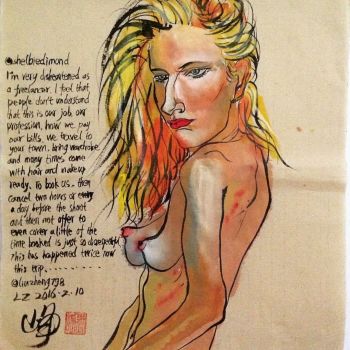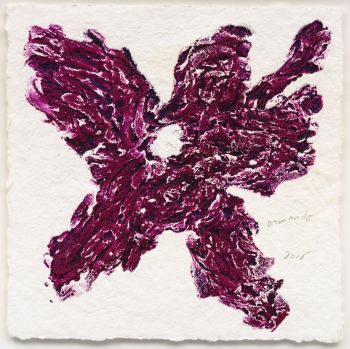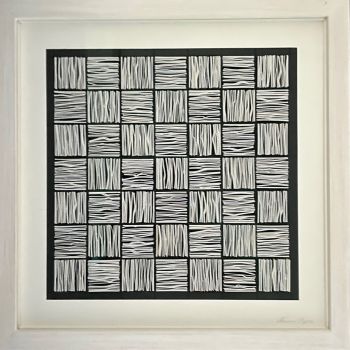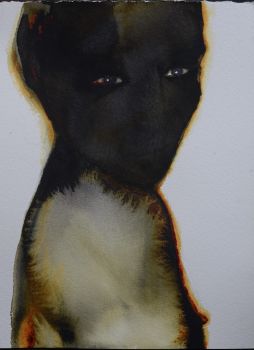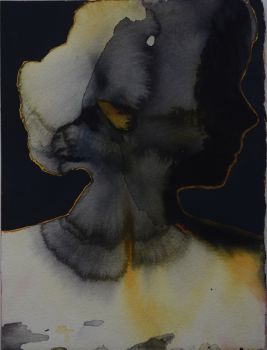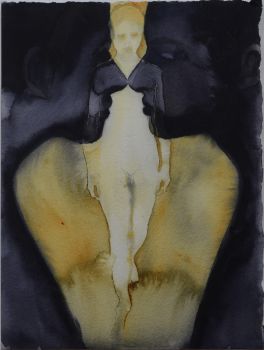Tolerant comparison of world religions 1595
Sebastian Franck
PapelPapel hecho a manoCuero
Actualmente no disponible a través de Gallerease
- Sobre la obra de arteWerelt-boeck, spieghel ende beeltenisse des gheheelen aerdtbodems, ...
The Hague, Albrecht Heyndricxz., 1595.
Folio.
17th-century parchment, new endpapers.
Fourth Dutch edition of a description of all lands and peoples of the world and particularly their customs and religious beliefs, with chapter 4 devoted to America and chapter 3 on Asia giving extensive coverage to Syria, Arabia and the Middle East, including a description of Mecca and the Kaaba. Franck (1499-1542/43) studied at Heidelberg, became a priest and in 1527 a Lutheran minister, but was critical of Catholics, Lutherans, Zwinglians and Anabaptists, and found common ground with heretics such as Michael Servetus. His Weltbuch, first published in German in 1534, a remarkable early example of comparative religious studies, came under attack from the established church and he was accused of AnabaptismIt was translated into Dutch in 1560 and proved very popular among Dutch Lutherans and especially Anabaptists, forming a keystone in the thought and writings of Menno Simons and the Mennonites.
With some mostly marginal worm holes in the first few pages, occasional browning and water stains (one sheet rather severely browned) and an occasional marginal tear. Binding slightly dirty and wrinkled. A seminal work with a wealth of information about world religions that still speaks to our time.
Kaczerowsky, Franck A60?; STCN (3 copies); cf. Alden & Landis 595/29; Sabin 25470. - Sobre el artistaFranck (1499, Donauwörth - 1542/1543, Basilea), estudió en Heidelberg y se convirtió en sacerdote. Fue nombrado coadjutor de la diócesis de Augsburgo poco después de 1516. Hacia 1525 se unió a los luteranos y se convirtió en ministro en Nuremberg, pero siguió siendo crítico con los católicos, luteranos, zwinglianos y anabautistas. Partiendo del luteranismo, enfatizó una visión mística en lugar de una actitud dogmática. En 1529, Franck se trasladó a Srasbourg. Allí se hizo amigo del reformador y místico Kaspar Schwenckfeld. Expulsado por las autoridades civiles de Estrasburgo partió hacia Ulm, donde se estableció como impresor. Escribió Chronica; Zeitbuch und Geschichtsbibel (1531; Libro del tiempo y Biblia histórica), una amplia historia del cristianismo. Otro libro famoso de su mano es Weltbuch (1534), una descripción de todas las tierras y pueblos del mundo y particularmente de sus costumbres y creencias. Es un ejemplo notable de estudios religiosos comparados. Este libro fue traducido al holandés en 1560: Werelt-boeck; spieghel ende beeltenisse des gheheelen aerdtbodems. Fue muy popular entre los luteranos y anabautistas holandeses e influyó profundamente en los escritos de Menno Simons.
Artwork details
Categoría
Tema
Material y Técnica
Related artworks
Antonie Derkinderen
Memory book Exhibition of Dutch Painting1892
Precio a consultarKunsthandel Pygmalion
Tilmanus Nicolaus Maastricht
Missale Romanum con monturas de plata holandesas1788 - 1792
Precio a consultarJacob J. Roosjen SRI
Engelbert Kaempfer
LIBRO DE ENGELBERT KAEMPFER1651 - 1716
Precio a consultarZebregs & Röell - Fine Art - Antiques
LAWRENCE WEINER
"SKIMMING THE WATER [MENAGE A QUATRE]" Signed book plus small artwork2010 - 2014
Precio a consultarGallerease Selected
Antonie Derkinderen
Memory book Exhibition of Dutch Painting1892
Precio a consultarKunsthandel Pygmalion
Engelbert Kaempfer
LIBRO DE ENGELBERT KAEMPFER1651 - 1716
Precio a consultarZebregs & Röell - Fine Art - Antiques
Yoko Ono
YOKO ONO: "ARISING" SIGNED BOOK PLUS SMALL ARTWORK 2010 - 2014
Precio a consultarGallerease Selected
1 - 4 / 22Eduard Charlemont
‘Allegories of Africa and America’1872
Precio a consultarZebregs & Röell - Fine Art - Antiques
Eduard Charlemont
‘Allegories of Africa and America’1872
Precio a consultarZebregs & Röell - Fine Art - Antiques
1 - 4 / 16- 1 - 4 / 24

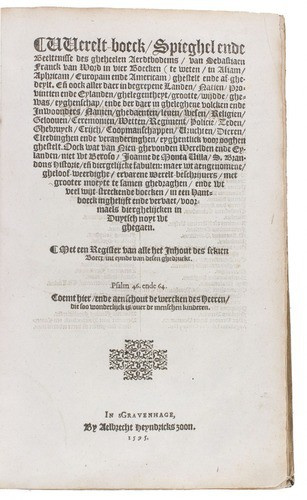










!["SKIMMING THE WATER [MENAGE A QUATRE]" Signed book plus small artwork by LAWRENCE WEINER](https://media-2.gallerease.com/images/442bfd5f-fc31-4e18-a2fa-ee0c08eade64/350x350/skimming-the-water-menage-a-quatre-signed-book-plus-small-artwork.jpg)












